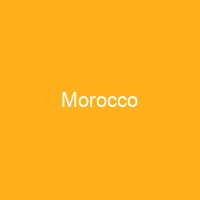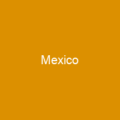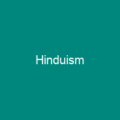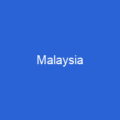Morocco: A Land of Riches, History, and Diversity
Imagine a country where the past whispers through ancient walls while modernity hums in bustling cities—welcome to Morocco! With a population of around 37 million, this North African gem is a melting pot of cultures, languages, and traditions. How can such diversity coexist so harmoniously?
The Historical Tapestry
Morocco’s history stretches back to the Paleolithic era, with evidence of human habitation dating as far back as 315,000 years ago. The region has been ruled by various dynasties, from the Marinid and Saadi to the Alawi, each leaving its mark on this land. Can you imagine the stories these stones could tell?
The Modern Era
Morocco gained independence in 1956, marking a new chapter in its history. Today, it is a constitutional monarchy with an elected parliament led by the King and Prime Minister. The country’s name, derived from Marrakesh, reflects its rich heritage and cultural significance.
Geography and Climate
Morocco spans from the Atlantic Ocean to mountainous areas to the Sahara Desert, covering approximately 446,300 km² (172,317 sq mi). Its climate varies dramatically—from hot summer Mediterranean conditions in coastal regions to alpine zones in the Atlas Mountains. How does such diversity shape daily life and traditions?
The Political Landscape
Morocco’s government is a hybrid regime with coalition governments formed after elections. The King retains honorific powers but has transferred executive functions to the Prime Minister. Despite challenges, Morocco remains relatively stable, with strong ties to Western states like France and Spain.
Economy and Tourism
The Moroccan economy is driven by tourism, which attracts over 13 million visitors annually. The country aims to double international arrivals to 20 million by 2020, making tourism a significant contributor to GDP. What draws so many travelers to this enchanting land?
Culture and Traditions
Moroccan culture is a vibrant blend of Arabic, Berber, Jewish, French, Spanish, and Anglo-American influences. The country boasts rich literature, music, and cinema, with notable figures like Mohammed Ben Brahim and Abdelkrim Ghallab shaping its literary landscape.
Healthcare and Education
Morocco faces health challenges but has made strides in improving access to care. Life expectancy at birth is 74.3 years, and the country continues to invest in healthcare infrastructure. Education is free and compulsory through primary school, with over four dozen universities and institutes of higher learning.
Sports and Recreation
Morocco’s most popular sport is football, with the country achieving significant milestones like qualifying for the second round of the FIFA World Cup in 1986. The nation has also hosted the Africa Cup of Nations twice, showcasing its commitment to sports.
Conclusion
Morocco is a land where history and modernity intertwine, culture thrives, and diversity unites. From its rich past to its promising future, Morocco continues to captivate with its unique blend of traditions and progress. Will you be the next to explore this magical kingdom?

You want to know more about Morocco?
This page is based on the article Morocco published in Wikipedia (retrieved on January 12, 2025) and was automatically summarized using artificial intelligence.







